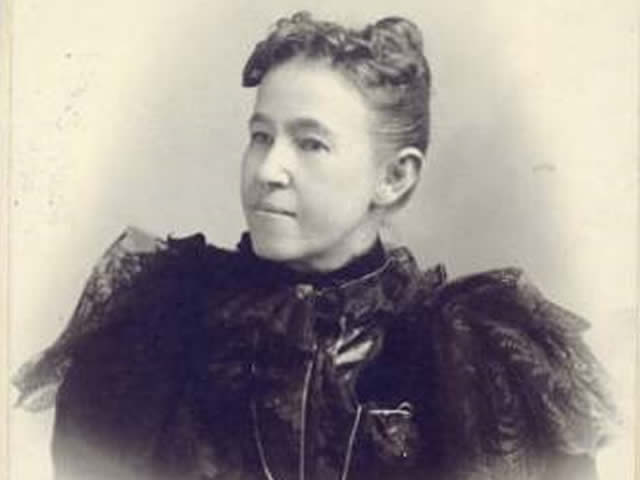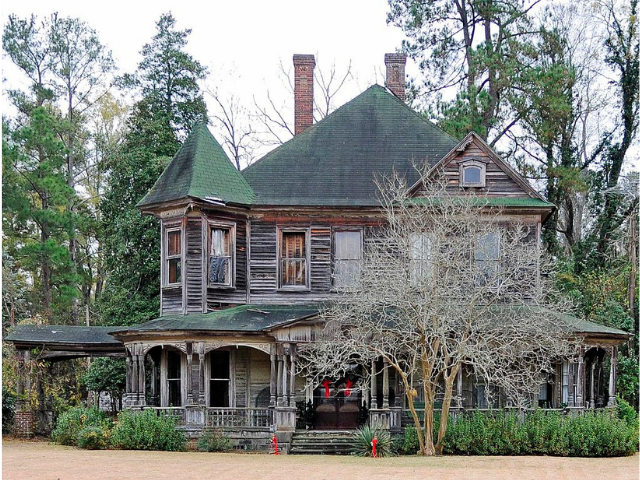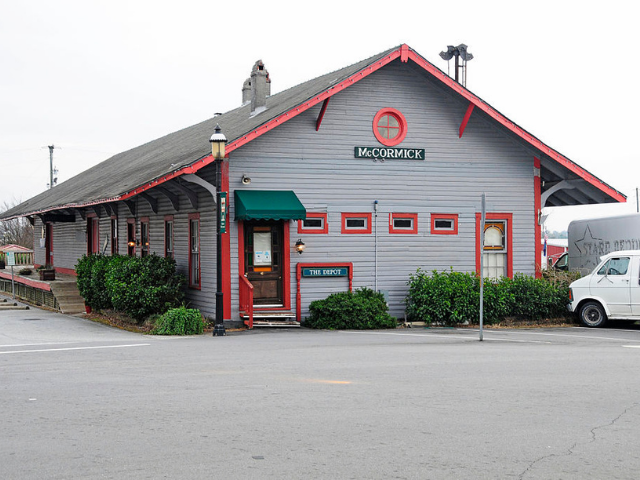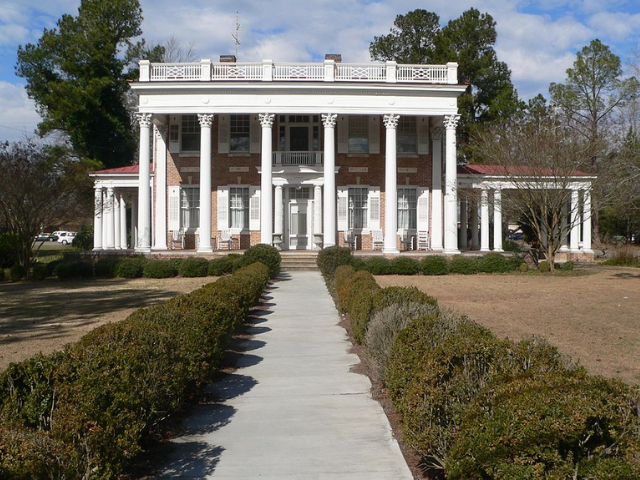Search StudySC for people, places, history, and ideas.
StudySC – Know where you live.
Explore South Carolina through StudySC! Learn about your community, South Carolina history, and the people who have made a significant impact on the state and the world.
SC Subjects by Grade Level
South Carolina People

Joseph H. Burckhalter, Ph.D.
Professor of medicinal chemistry; scientist, teacher and administrator.

Bo Hopkins
William Mauldin Hopkins, better known as "Bo," is an actor. He is best known for playing supporting roles in American Graffiti, Midnight Express, The Wild Bunch, and The Getaway.

Virginia Durant Covington Young
Virginia Durant Covington Young was a South Carolina suffragist, editor, and owner of South Carolina's Fairfax Enterprise weekly newspaper.

Stanley Donen
American film director and choreographer. Known as "The King of Musicals". Born in Columbia, SC
South Carolina Counties

Saluda County
Saluda County was named for the Saluda River, which forms one of its borders. The county was established in 1895 from part of Edgefield County, and the county seat is the town of Saluda.

Marlboro County
Marlboro County was named after John Churchill, the first Duke of Marlborough (1650-1722).

McCormick County
McCormick County and its county seat, the town of McCormick, were named for inventor Cyrus Hall McCormick (1809-1884).
South Carolina Facts
South Carolina Economy
South Carolina's economy was ranked the 25th largest in the United States based on GDP (Gross Domestic Product) in 2020. The current GDP for South Carolina is 244,881.70 (October 2021). South Carolina has employed over 2 million people. Currently, the unemployment rate for South Carolina is 4.3%.
South Carolina Glossary
task system
(noun) - a division of labor on plantations where slaves were assigned a specific amount of work for the day. After this work was completed, they were allowed to use the rest of the day for their own benefit.
Copyright © 2025. All rights reserved.



